South African fruits are fruits belonging to the Republic of South Africa, the southernmost country in Africa. This country boasts both native and non-native fruits, offering a rich variety of tastes, shapes, and characteristics.
These fruits come in all shapes and sizes—some smooth and round, others spiky and oval. The taste spectrum is equally broad, ranging from the sweetest bites to the most refreshingly tart flavors.
Whether you’re enjoying a juicy, sun-ripened mango, a tangy citrus fruit, luscious stone fruits like peaches and plums, or crisp pome fruits like apples and pears, South Africa’s fruits offer a taste adventure like no other.
Ready for a fruity adventure? Keep reading to explore the diverse collection of South African fruits and discover the exciting variety they export to tables worldwide at the end of this post.
25 Typical Fruits of South Africa to Explore
Check out 25 South African fruits from various types and seasons. Use the filters to find your perfect match quicker and easier!
Ackee
- South Africa
- Drupe/stone Fruit
Ackee, the national fruit of South Africa, stands out with its red pod that splits open when mature, revealing three large black seeds encased in soft, creamy yellow arils. Only the arils are edible; the seeds and red pod are toxic if consumed.
Typically available in South Africa from late spring to early summer, ackee has a subtle, nutty flavor and buttery texture. When cooked, its arils resemble scrambled eggs, making it perfect for both sweet and savory dishes.
Orange
- Citrus
Oranges flourish in South Africa, particularly in Limpopo, the Eastern Cape, and the Western Cape. Originating from Southeast Asia, these round fruits have bright, easy-to-peel skin and juicy, sweet-tart flesh.
Navel oranges are seedless and ideal for fresh eating, while Valencia oranges are sweeter and perfect for juicing. Their season runs from June to October.
Whether enjoyed fresh, juiced, or incorporated into dishes, oranges add flavor. The zest and juice brighten salads, desserts, sauces, and marinades with citrusy tang.
Apple
- Pome Fruit
Apples are another staple in South Africa, especially in the Western Cape. These fruits, originally from Central Asia, thrive in the region’s warm summers and cool winters. They come in red, green, and yellow, with crisp, juicy flesh.
Apples are enjoyed in many forms. They’re eaten fresh, added to salads, or baked into desserts like tarts and pies. They also make delicious sauces, chutneys, and juices, and pair wonderfully with meats like pork for a sweet-tangy flavor.
Banana
- Central African Republic
- Cyprus
- Egypt
- Berry
Bananas, originally from the South West Pacific, thrive in South Africa’s warm and humid climate, especially in areas with high rainfall. Growing on large plants up to 8 meters tall, these elongated, curved fruits turn yellow when ripe and have sweet, creamy flesh.
Available year-round, bananas are a staple in South Africa and are enjoyed fresh or used in cooking and baking, including in dishes like banana bread, fritters, and savory stews.
Grapefruit
- Citrus
Grapefruit, primarily grown in Limpopo and Mpumalanga, is another important fruit in South Africa. Originally from Barbados, it flourishes in the country’s subtropical climate.
Grapefruits are large and round, with colors ranging from yellow to pink or red, and their taste varies from tart to semi-sweet. Typically in season from late winter to early spring, grapefruit is enjoyed fresh, juiced, or added to salads and desserts.
Clementine
- Citrus
Clementines, known as naartjies in South Africa, are a type of mandarin orange thriving in the Western and Eastern Cape regions. Originating from a hybrid of sweet orange and willow leaf mandarin, these small, round fruits have smooth, deep orange skin and a sweet, juicy taste.
Seedless and easy to peel, naartjies are a favorite snack, especially for children, and are in season from May to September. Naartjies are enjoyed fresh, added to salads, or used in desserts.
Lemon
- Citrus
Lemons thrive in South Africa’s Mediterranean climate, particularly in the Western Cape. Though not native, they flourish in the region’s favorable conditions. These bright yellow, oval fruits are harvested year-round, with a peak season from May to August.
Lemon juice is essential in marinades, dressings, and sauces, while lemon zest flavors baked goods and desserts. Popular dishes include lemon meringue pie and grilled fish with lemon.
Pear
- Pome Fruit
Pears, widely grown in South Africa’s Western Cape, were introduced from Europe and are now essential to local agriculture. Varieties like Packham’s Triumph, Forelle, Bon Chretien, and Abate Fetel offer distinct features, from the sweet, juicy Packham’s Triumph to the firm, blush-colored Forelle.
These bell-shaped fruits have smooth skin, ranging from green to yellow, sometimes with a red blush. Pears are creamy, juicy, sweet-tart, and harvested from late summer to mid-autumn. Enjoyed fresh, in salads, desserts, or preserved, pears are a versatile addition to South African cuisine.
Grape
- Berry
Grapes are a beloved fruit in South Africa, known for their delicious taste and versatility. Two popular varieties are table grapes and sultanas.
With smooth skin and juicy flesh, table grapes are a perfect snack. They are sweet, crisp, and easy to eat, making them a favorite for kids and adults. You’ll often find them in salads and cheese platters, which add a refreshing flavor.
Sultanas, or Thompson Seedless grapes, are dried to make raisins, a staple in many South African recipes. These sultanas have a sweet, honey-like flavor and chewy texture, making them ideal for baking in cakes, bread, and pastries.
Avocado
- Berry
Avocados, though native to Central and South America, flourish in South Africa’s subtropical regions like Limpopo and Mpumalanga. Common varieties include Hass, Fuerte, and Pinkerton, each bringing unique characteristics.
Pear-shaped with rough, green skin that darkens when ripe, avocados have creamy, pale green flesh with a rich, buttery flavor. Harvested year-round, peaking at different times by variety, avocados are used in South African salads, spreads, guacamole, smoothies, and desserts.
Guava
- Berry
Guavas, originally from Central America, thrive in South Africa’s Western Cape, Mpumalanga, and Limpopo provinces. These round or oval fruits have a rough, edible skin that turns yellow-green or pinkish-yellow when ripe.
Inside, the flesh is white or pink, offering a sweet, slightly musky flavor with a soft yet gritty texture from the small seeds. Harvested from May to September, guavas are enjoyed fresh, in South African salads, desserts, and savory dishes.
Papaya
- Berry
Papayas, known as pawpaws in South Africa, are native to Central America but flourish in the country’s favorable climate. These large, oval fruits have smooth green skin that turns yellow-orange when ripe, revealing orange flesh that is juicy and sweet with a hint of muskiness.
Available year-round, especially from late spring to early autumn, papayas are commonly eaten fresh, added to fruit salads, or blended into smoothies. Their natural sweetness makes them perfect for desserts, and are also used in savory dishes to tenderize meat.
Pineapple
- Multiple Fruit
Pineapples, native to the tropical regions of South America, thrive in South Africa’s Eastern Cape and KwaZulu-Natal provinces. Pineapples are juicy, sweet, and tangy, recognizable by their pine cone shape, rough, spiky skin that ripens from green to yellow, and yellow flesh.
In South Africa, they are harvested from March to mid-December. The smooth-leaf Cayenne, larger and juicier, is used for juice and canned products, while the thorny-leaf Queen, sweeter, is sold fresh. Versatile in South African cuisine, pineapples appear in fresh fruit salads and savory dishes like curries.
Kiwi
- Berry
Kiwi, or Chinese gooseberries, originally from China, are grown in South Africa’s Limpopo and Mpumalanga provinces. These small, oval fruits with fuzzy brown skin and bright green or golden flesh are sweet yet slightly tangy with a soft, juicy texture.
Harvested from late autumn to early winter, kiwifruits are enjoyed fresh, often sliced in fruit salads or as a garnish for desserts. They also add a refreshing zing to smoothies, jams, and baked goods.
Mandarin
- Citrus
Mandarins, also known as tangerines, are soft citrus fruits that originated in South-Eastern Asia and the Philippines but are now significant in South Africa. These small, slightly flattened fruits have a thin, loose peel, making them easy to peel.
From bright orange to deep reddish-orange, mandarins are sweet with a hint of acidity and are harvested from late March through October, peaking in winter. Varieties like Satsumas, Nadorcott, Nova, and Orri are prized for their quality and are major exports. They are enjoyed fresh, in salads, desserts, and juices.
Fig
- Aggregate Fruit
Figs, native to the Middle East and western Asia, have become a beloved fruit in South Africa. These small, pear-shaped fruits come in colors like green, yellow, and deep purple, with soft, sweet flesh filled with tiny seeds for a delightful crunch.
Harvested from late summer to early autumn, figs are enjoyed fresh or dried and are popular in baking, desserts, and preserves. Fresh figs pair well with cheese and nuts in salads or serve as a sweet accompaniment to meats.
Lime
- Citrus
Limes, native to Southeast Asia, have become a staple in South African agriculture, especially in KwaZulu-Natal, Mpumalanga, and Limpopo provinces. These small, green citrus fruits, known for their sour and slightly bitter taste, thrive in warm climates and are harvested year-round, peaking from January to May.
In South African cuisine, limes add a refreshing zest to dishes and beverages, used in marinades, dressings, desserts, and cocktails. Their juice and zest enhance both sweet and savory flavors.
Persimmon
- Berry
Persimmons, or kaki fruit from East Asia, are gaining popularity in South Africa. These round or oval fruits, with smooth, glossy skin ranging from light yellow to deep orange-red, offer a taste that varies from sweet and honey-like to astringent, with a soft, jelly-like texture when ripe.
Harvested from late autumn to early winter, persimmons are enjoyed fresh, in salads, desserts, and baking. They can also be dried or made into jams and preserves, adding a sweet and rich flavor to various dishes.
Gooseberry
- Berry
Gooseberries, or Cape gooseberries, are small, exotic fruits native to Peru but widely grown in South Africa’s Western Cape and North West provinces. These bright yellow to orange berries, encased in a papery husk, offer a tart yet sweet flavor and juicy, seedy texture.
They thrive in well-drained soils and plenty of sunlight. Cape gooseberries are versatile, enjoyed fresh, dipped in chocolate, or decorating desserts. Due to their high pectin content, they’re also used in savory dishes, sauces, salads, and jams.
Pomegranate
- Berry
Pomegranates, originally from the Middle East, flourish in South Africa’s Western Cape and Northern Cape regions. These round fruits have tough skin ranging from yellow-orange to deep red, with juicy, sweet-tart seeds inside.
Harvested from March to May, pomegranates are valued for their rich flavor and health benefits. Their seeds are eaten fresh, added to salads, or used as garnishes, while the juice is popular in beverages, sauces, and marinades, and the seeds are also used in desserts, jams, and jellies.
Kumquat
- Citrus
Kumquats, small oval citrus fruits from China, are popular in South Africa, particularly in KwaZulu-Natal and Mpumalanga. Bright orange or yellow with sweet skin and tart flesh, they are in season from June to August.
Grown in well-drained soils with plenty of sunlight, kumquats are often eaten whole, making a healthy snack. They’re also used in cooking, baking, marmalades, jams, and beverages for a burst of citrus flavor.
Marula
- Drupe/stone Fruit
Marula fruits, native to Southern Africa, are a cultural staple in Limpopo, KwaZulu-Natal, Eastern Cape, and Mpumalanga. These small, yellow fruits have a juicy, tart flesh and grow on trees up to 18 meters tall, bearing fruit from December to March.
Marula fruits are enjoyed fresh, fermented for traditional beer, used in Amarula liqueur, and processed into jams, juices, and cosmetics.
Granadilla
- Berry
Granadillas, or passion fruits, though native to South America, are popular in South Africa, especially in warm regions like Limpopo and Mpumalanga. These round or oval fruits with tough, wrinkled skin and sweet, tangy pulp are harvested from late summer to autumn.
In South African cuisine, granadillas are eaten fresh, added to fruit salads, and used in juices, smoothies, desserts, and sauces for their aromatic flavor.
Wild Medlar
- Pome Fruit
Wild Medlars are indigenous to South Africa and thrive in Limpopo, Mpumalanga, and the Eastern Cape. These small trees or shrubs, up to 7 meters high, produce greenish fruits that turn dull orange-brown from January to April.
With a sweet-sour, floury taste, they are high in vitamin C and enjoyed fresh, dried, or in jams, juices, and even traditional brandy-like beverages.
Num-Num
- Berry
Num-num are native to South Africa’s coastal regions. These small, spiky shrubs yield round, bright red fruits the size of cherries with a sweet, tangy taste and juicy texture.
Ripening from late spring to early summer, num-nums are versatile in South African cuisine, enjoyed fresh, in jams, jellies, desserts, and as a flavorful ingredient in sauces and syrups.
What Fruits Does South Africa Export?
South Africa is a significant exporter of a variety of fruits, with citrus fruits leading the charge. Below is a detailed overview:
South Africa exports large quantities of oranges, including Navel and Valencia varieties. According to the Citrus Growers’ Association of Southern Africa, the largest market for South African oranges is the European Union, which accounts for almost 40% of total orange exports.
South African orange exports help expand China’s fruit collection, along with the United States and Russia. The Netherlands, in particular, remains a key foreign market, making up 18% of total exports.
According to Engineering News, Lemon exports from South Africa are expected to reach 37.9 million cartons in 2024, marking a 7% year-on-year increase. Grapefruit exports are projected to grow by 14% year-on-year to 16.7 million cartons.
Additionally, increases are anticipated for other citrus fruits, including Satsumas (16%) and Clementines (8%). These citrus fruits are primarily exported to markets in the European Union, Asia, and they help diversify the fruits of the Middle East.
According to data from the USDA Foreign Agricultural Service, the production and export of these fruits are significant. Forecasts show a growth of 7% for apples, 2% for pears, and 8% for table grapes for the 2023/24 season.
South African apples and pears are exported to several countries, significantly contributing to the fruit selections of Asia, the United Kingdom, and Europe. Table grapes see substantial exports to the European Union, the United States, and other global markets.
According to data from The Observatory of Economic Complexity, in 2022, South Africa exported $55 million worth of dried fruits.
The main destinations were the United States, the United Kingdom, and Nigeria. The fastest-growing markets between 2021 and 2022 were Nigeria, the United States, and Australia.
South Africa’s fruit exports not only boost the economy but also enhance its cuisine. For example, local South African dishes like Cape Malay curry often feature dried fruits, while drinks like pinotage wine or amarula cream liqueur highlight the country’s rich produce.
Which South African fruit are you excited to try? Share your thoughts in the comments and spread the fruity love by sharing this article. Hungry for more? Explore more fruits from around the world on the website!


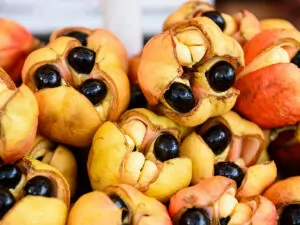
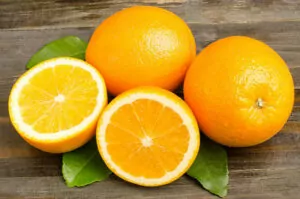
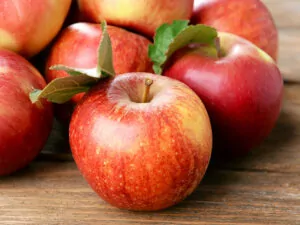
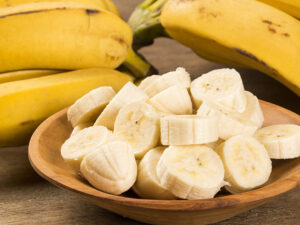
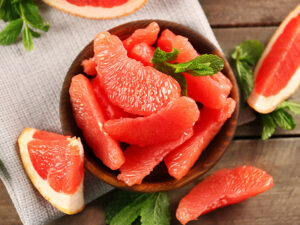
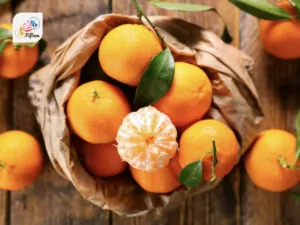
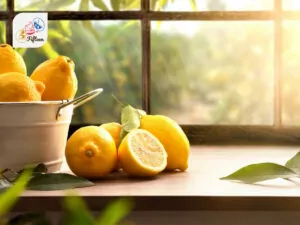
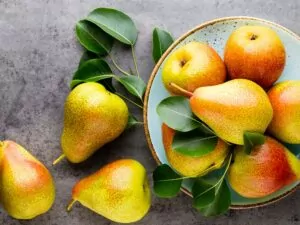
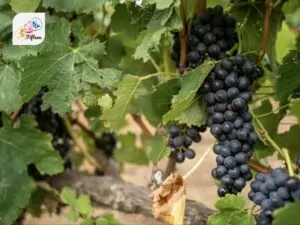
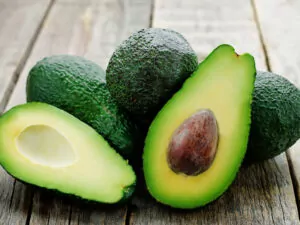
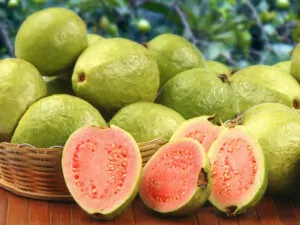
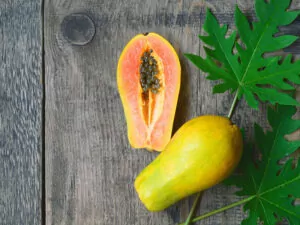
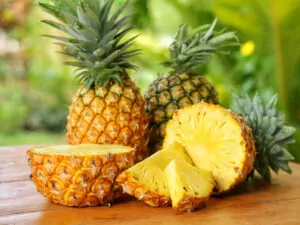
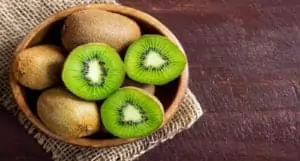
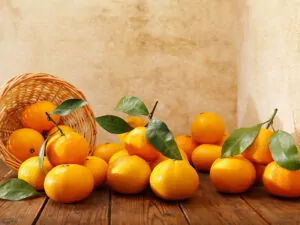
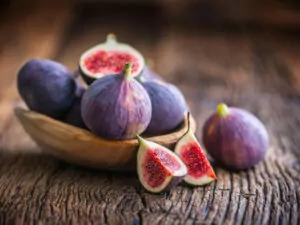
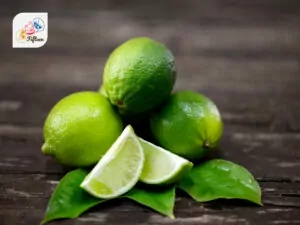
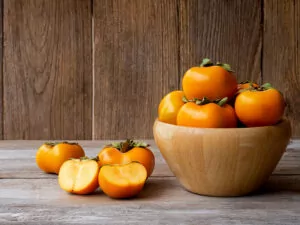
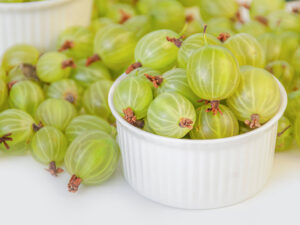
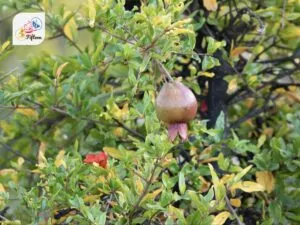
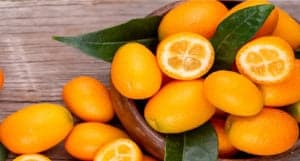
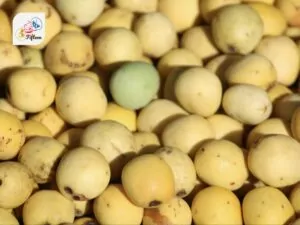
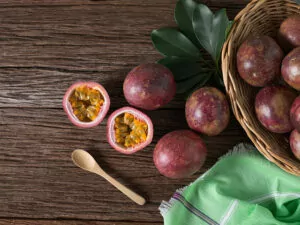
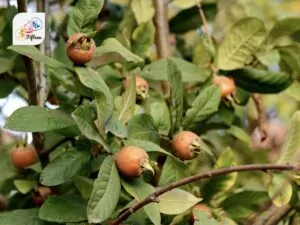
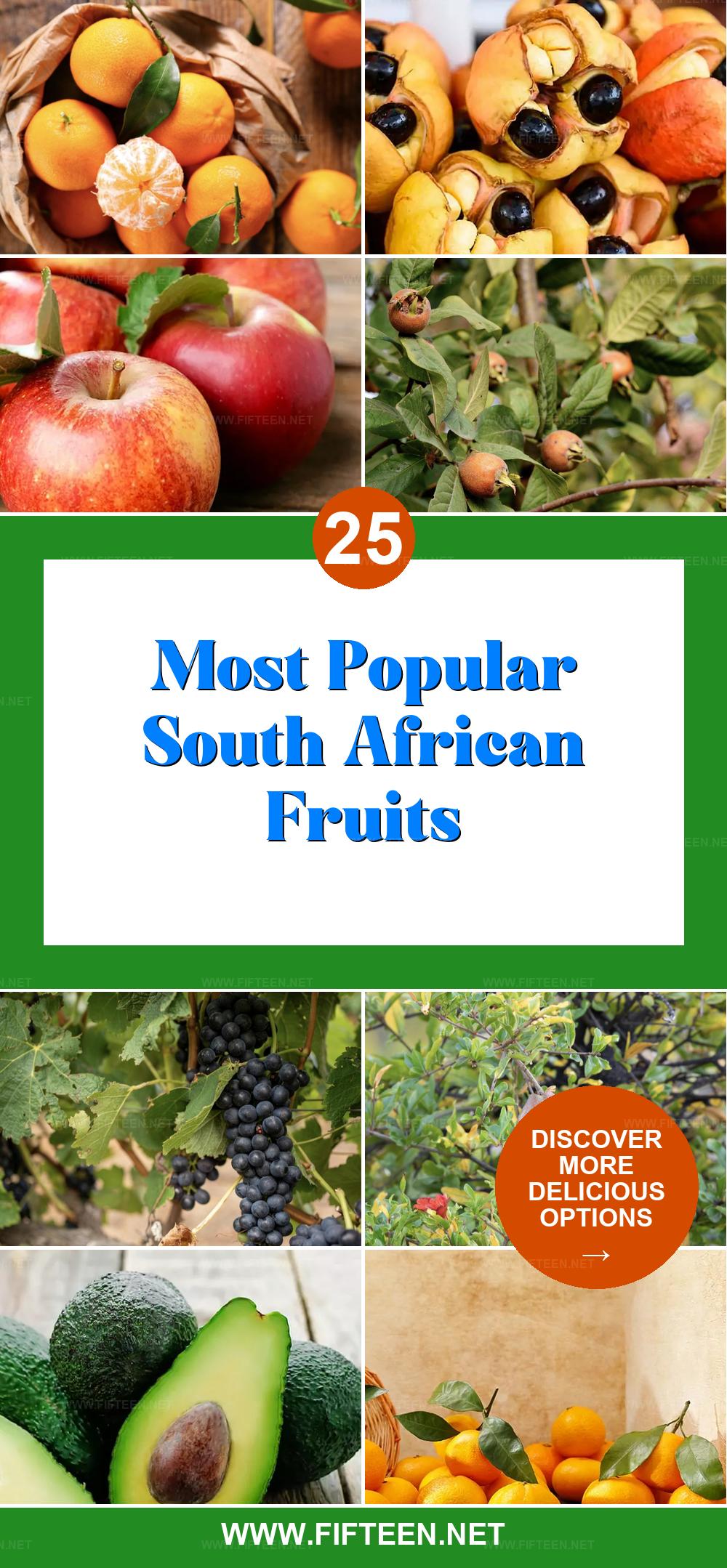
Jamie Scott
Editor in Chief, Senior Content Writer
Expertise
Home Cooking, Meal Planning, Recipe Development, Baking and Pastry, Food Editor, Cooking-video Maker, Western Food Evaluation Expert
Education
Le Cordon Bleu College of Culinary Arts
Local Community College, New York, NY
Jamie Scott is a skilled culinary expert and content creator specializing in Western cuisine. With over 15 years in the culinary field and formal training from Le Cordon Bleu, Paris, Jamie deeply understands how to blend nutrition with delicious flavors. His passion for cooking matches his commitment to making healthy eating accessible and enjoyable.
On Fifteen.net, Jamie brings a fresh perspective to classic dishes and beverages, offering readers insightful recipes, cooking tips, and a fresh view on meal planning that emphasizes taste, health, and simplicity.